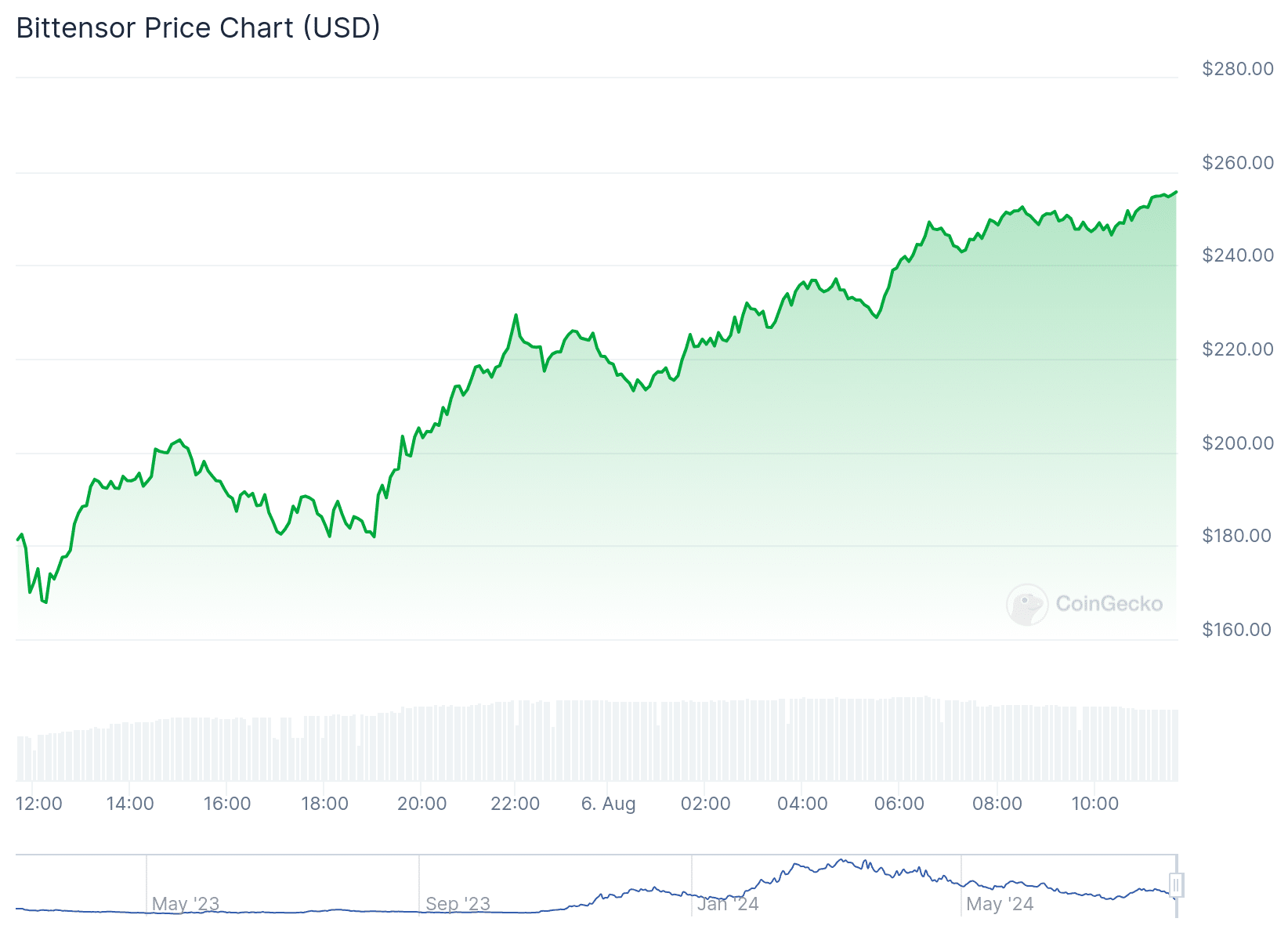In a race to maintain military supremacy and technological dominance, the Pentagon is contemplating the creation of a cutting-edge fleet of AI-powered drones and autonomous systems. Officials assert that these advanced technologies are essential to addressing the growing challenges posed by China.
Deputy Secretary of Defense Kathleen Hicks has underscored the need for urgency in this endeavor, stating that the United States cannot afford to wait as China continues to make strides in AI and military development. This ambitious initiative, expected to cost hundreds of millions of dollars, aims to produce a multitude of AI systems designed for land, air, and sea applications within the next two years.
Countering China’s AI dominance
China’s rapid progress in AI research and development, coupled with its unregulated military utilization of AI technology, has placed it at the forefront of global AI competition. U.S. military officials have frequently labeled China as their top “pacing challenge” due to Beijing’s aggressive expansion and military buildup. Representative Michael McCaul of Texas has likened the race for AI supremacy to the historic space race with Russia, emphasizing the need for the United States to emerge victorious or risk ceding global military and economic dominance to China.
McCaul also pointed out the importance of preventing technology exports to China, which could be incorporated into weapons systems like hypersonic missiles and surveillance balloons. The ongoing chip shortage crisis has intensified the struggle for AI dominance, prompting the United States to ban investments in Chinese semiconductors and chips, while China declared U.S. chips from companies like Micron as security risks. But, the Pentagon believes that AI drones and systems represent a significant part of the broader effort to tilt the balance in the race for AI supremacy.
The role of autonomous systems and AI drones
The proposed AI fleet’s autonomous systems will primarily focus on navigation and targeting, with computer vision serving as the primary technology. Israel has already unveiled a modified aircraft capable of tracking multiple targets over vast distances, even in adverse weather conditions. The United States plans to expand its development efforts to include self-piloting ships and unmanned aircraft, complementing the proposal for AI drones that would operate alongside human pilots, enhancing combat capabilities.
Hicks emphasized the versatility of autonomous systems, envisioning them as tools that could be utilized for three to five years before transitioning to newer technologies. This adaptability is essential to keep pace with an agile adversary and the rapid pace of technological innovation. Although Hicks did not mention drone swarms specifically, China has displayed significant progress in developing such technology. Drone swarms involve multiple drones controlled autonomously by a single system and hold potential for various operational applications.
Despite the ambitious scope of the project, questions about funding remain unanswered. Contractors have expressed concerns that the allocated funds may fall short of the level required to achieve the project’s lofty goals. This situation mirrors the criticism faced by the United Kingdom when it earmarked £100 million ($124.8 million) to purchase more semiconductors and processors, with critics arguing that the amount was insufficient.
The latest Pentagon budget request includes approximately $1.8 billion for AI research and development, but specific details about how these funds will be distributed among ongoing projects are scarce. As of the time of publication, the Pentagon has not responded to inquiries from Fox News Digital regarding this ambitious AI drone and system development project.
Countering China’s rapid technological rise
The Pentagon’s pursuit of an AI-powered drone fleet and autonomous systems underscores the growing urgency to maintain technological supremacy in the face of China’s rapid advancements. The project, which aims to address the “pacing challenge” posed by China, is expected to cost hundreds of millions of dollars and produce advanced AI systems for various military applications. While budgetary concerns persist, the United States recognizes the critical need to stay ahead in the race for AI dominance, emphasizing the importance of countering China’s relentless technological progress.





